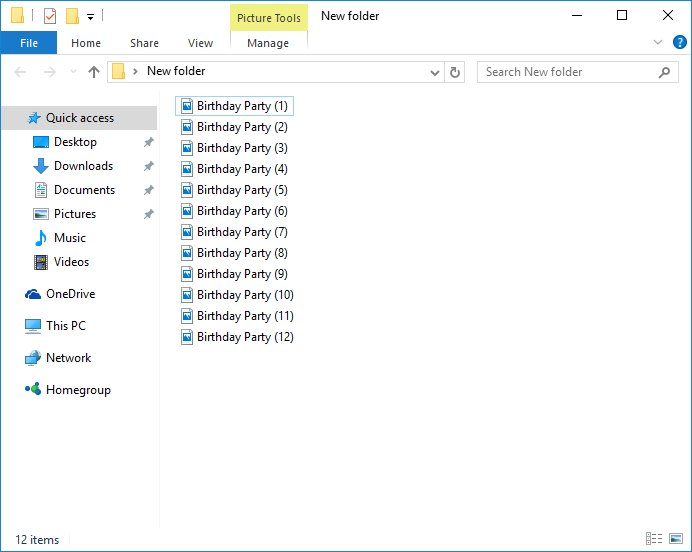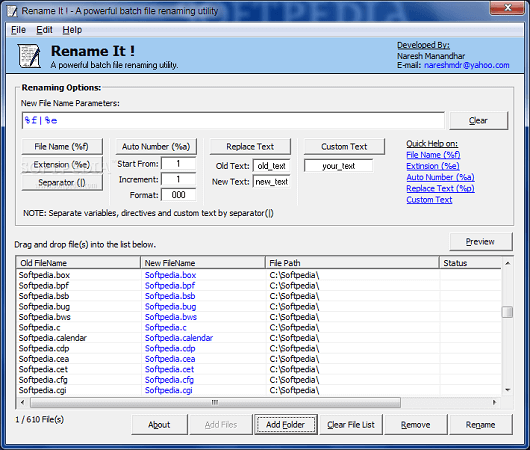

You can still watch an old file date using other file managers like 7-zip, using BulkFileChanger utility, or by right-clicking on the file and choosing 'Properties'. If you set a date prior to, Windows Explorer will not display this date, due to a limitation originally created for old FAT systems.Both 32-bit and 64-bit systems are supported. This utility works on any version of Windows, starting from Windows 2000 and up to Windows 10.(Read Only, Hidden, System), run an executable with these files as parameter, and copy/cut paste into Explorer.īulkFileChanger is a replacement for the old FileDate Changer utility. Then make some action on them - Modify their created/modified/accessed time, change their file attribute FolderTimeUpdate - Update the 'Modified Time' of every folder according the latest modified time of the files stored in itīulkFileChanger is a small utility that allows you to create files list from multiple folders, and.NK2Edit - Edit, merge and repair the AutoComplete files (.NK2) of Microsoft Outlook.C -c-style Allow C-style extended characters (\xFF\0\t\n\r\\ etc. B -binary Also search (and replace) in binary files (CAUTION)

f -filename Find (and replace) filename instead of contents w -word Match whole word (uses C syntax, like grep)

n -line-number Print line number before each line (1-based) v -invert Print lines NOT containing the find string i -ignore-case Case insensitive text comparison c -count Only show filenames, match counts and totals r -recursive Process sub-folders recursively q -quiet Suppress output to stdio / stderr h -help Show this help message (ignores other options) "Find And Replace Text" FART WORKS GREAT! can rename words in txt files too. With a little research and simple coding, these things can be done much mroe efficiently and quickly.įunny name and command line tool very powerful, very fast and extremely easy to use. As others have mentioned, the GUI is atrocious and not very intuitive. I personally don't care for the "Bulk Rename" app. Note that in my case, I had 2 delimiters (a dash and a dot). The tokens are the "parts" of the filename, the delims are the separators. Note that when doing it this way, ALL parts of the filename are considered, including the extension of ".csv". To do this en-masse, I used the following code. I wanted the file date portion to be in y/m/d order, with the "name" part at the end so it would read like this: -name.csv In my case, I started out with a list of files named like so: name-01-02-2012.csv Like zdan, I output the list to a TXT file, then used tokens and delims to rename the files accordingly. It took some tinkering for my particular case, but a little research solved it. Like above, I did this by command line (using "cmd.exe" in Windows).


 0 kommentar(er)
0 kommentar(er)
